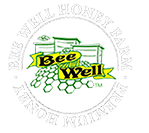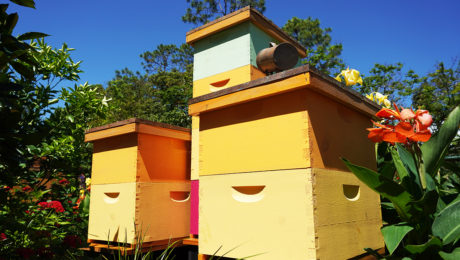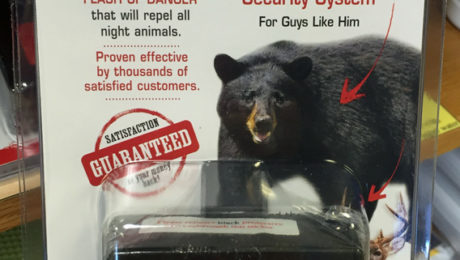Estimated reading time: 3 minutes
Choosing a Bee House?
Choosing bee equipment can be a very daunting task. This applies to all aspects of the hobby from protective gear to beekeeping tools and even the actual woodenware that houses the colony. The honeybees themselves don’t care very much about the exact type of equipment you choose as long as it meets their basic requirements. They like a home that is large enough and non-drafty (like a nice hollow tree ) or maybe even the boxing on a human’s house!
Let’s talk a bit about choosing the wooden hives for your bees. Specifically, the traditional Langstroth box that we see most often. This setup (at its most basic) involves a bottom board (screened or wooden), a deep ( hive body) an inner cover, and a top. This will be the starter home for a new package of bees or a swarm. This deep box will usually contain 10 frames with foundation. Once the small colony has developed (or pulled out) 8 of the 10 frames of foundation into the useable comb, you have a decision to make. It is time to add more space to the colony.
In some articles, you will see a standard hive configuration that uses 2 deeps for the bees themselves. This gives them
ample room to store honey, pollen, and raise babies. Two deeps are absolutely necessary for some parts of the country that have long bitter winters. A couple of disadvantages of the 2 deep system: they are very heavy when full of honey and you have to move the top one to inspect the colony; you may make less production honey with this arrangement and you will need to be sure your colony strength stays strong. If your colony swarms and you don’t notice, you may be left with too much space for too few bees and pests may take over.
Another possibility is the use of 1 deep and 1 shallow( or medium.) With this configuration, the bees will use both boxes for honey, pollen, and brood rearing. Winter honey (for the bees) will be stored mostly in the top box. This is the most popular hive configuration used by small scale beekeepers in upstate SC. The advantages include a top box that is not as heavy to lift, it is often easier to find the queen in this small space and a medium-sized population of bees can usually patrol the area and protect the comb from pests.
On top of these 2 boxes (whichever sizes you choose), you will place YOUR shallow supers for the collection of surplus honey.
Either setup will work. And beekeepers will argue about which one is the best. The decision is yours! 😉
Happy Beekeeping
Protecting Your Bees with Nite Guard
Beekeepers are charged with protecting their colonies from pests, diseases, environmental conditions and predators. It is common to think of your bees as pets – even though they are considered “livestock” by USDA. Beekeepers in many areas of the country deal with predators such as : skunks, opossums, bears and humans. All of these “animals” may cause problems for your bees in the upstate of South Carolina.
Nite-Guard is a solar powered predator deterrent. Charged by the sun during the day, the solar light activates at dusk and flashes all night. Nite Guard is weather-proof and earth friendly. Safe for people, pets and livestock – it looks like a security camera and may even deter intruders. Many wild animals are distrustful of the flashing red light that signals danger. While no items works in every situation with every type of predator, these lights have proven very beneficial for many users around the county.
Placement of your nite-guard lights will vary depending on the type of animal you are targeting. The company has a great website that gives the consumer tips and ideas to ensure the best use of the product. Nite Guard
Bee Well Honey is proud to offer Nite Guard to our customers for use in your beeyard, garden or home.





